Our raspberries multiply like crazy! Not to the point where I would say they are invasive, but you do need to stay on top of them to keep the shoots from taking over in the garden. My strategy is to pull out the shoots as they begin to spread and replant them elsewhere in the garden. At this point, almost our whole fence line is filled with these upright berries.
Winter and early spring are the best times to thin the raspberry plants. The first and second year wood will produce fruit, but the third year stems will die and no longer bear fruit. They don’t harm the plant, but they do make the raspberry patch a tangled mess, and our berries were in desperate need of thinning.
Finally this season I got to them in time! The berry stems were just starting to leaf out, so I grabbed my sharp snippers and went to work. You can tell which stems are the old ones because they will be lighter in color – a light tan color rather than a rich reddish brown (old stems circled in the picture below).
The old stems will also have shoots coming out at their sides down by the base. Thinning at this time of year gives you extra assurance that you will snip off the right stems – just look for light colored stems that are not showing any signs of leafing out.
As you cut them off from the base, the leftover stump should be totally brown – not a ring of green that meant the stem was still alive. I threw the cut out, dead stems into the yard debris can for pick-up from the city. They won’t add much to your compost pile, since dead plants don’t have many nutrients stored inside their walls. Plus the thick old stems will take a long time to break down fully.
The end product looks a lot nicer in the garden. No more dead raspberry stems to wrestle with while we’re trying to harvest berries. They really are a carefree, easy to grow edible plant for even the narrowest garden spot. We’re looking forward to a long, delicious harvest!
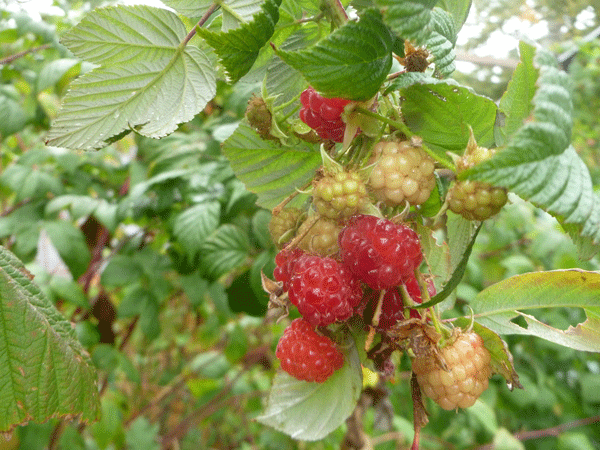
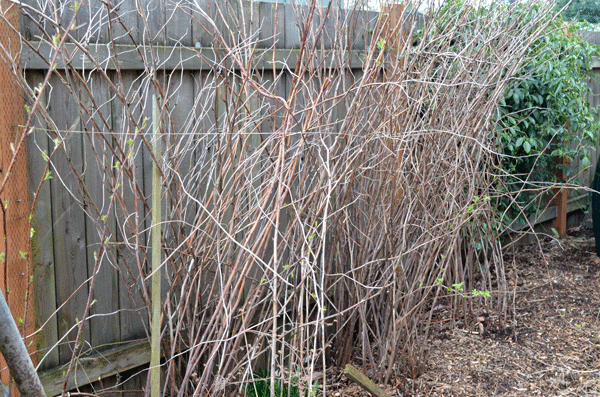
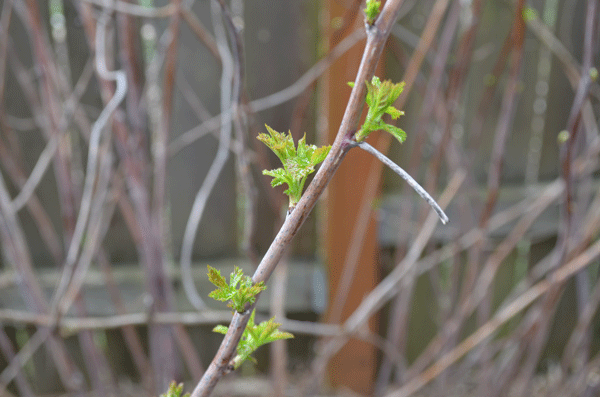
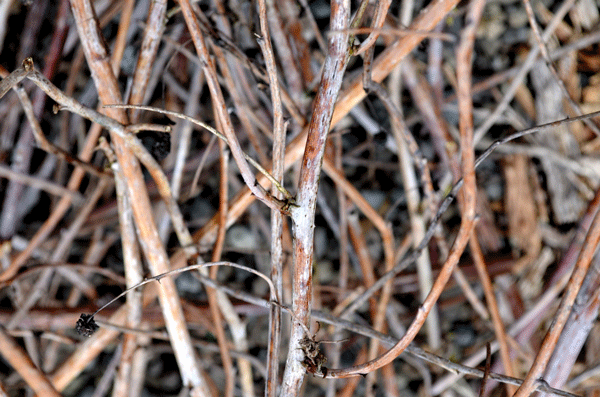
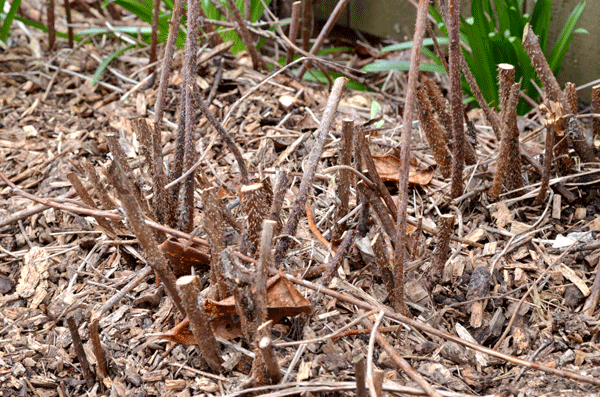
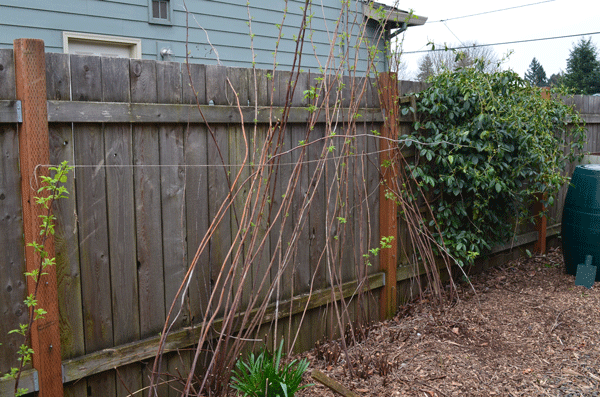
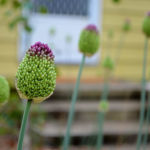
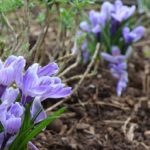
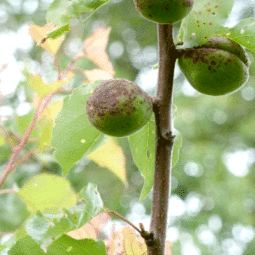
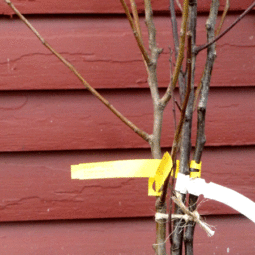

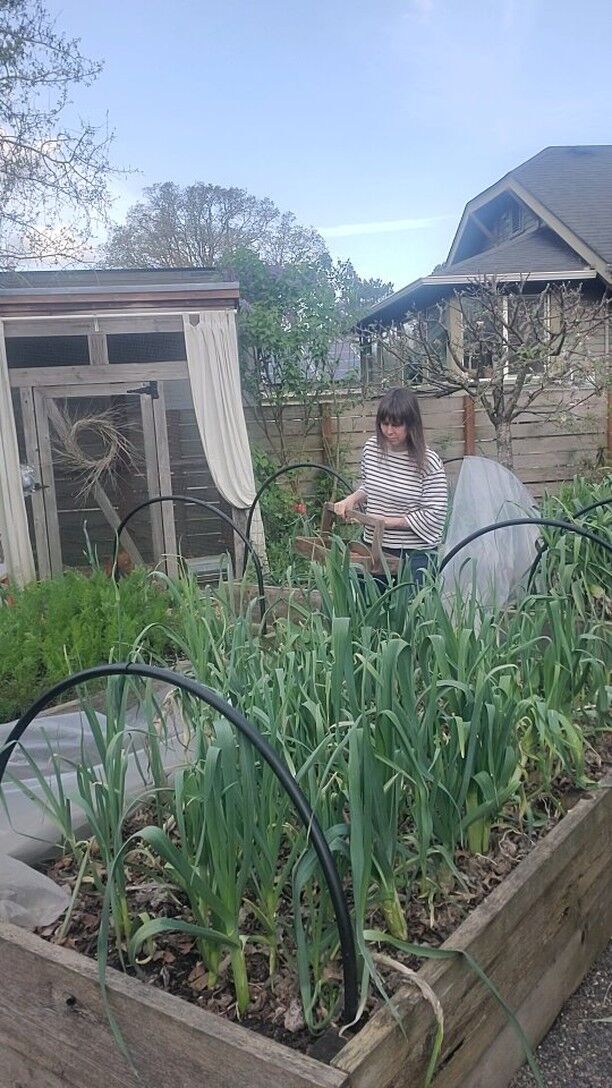
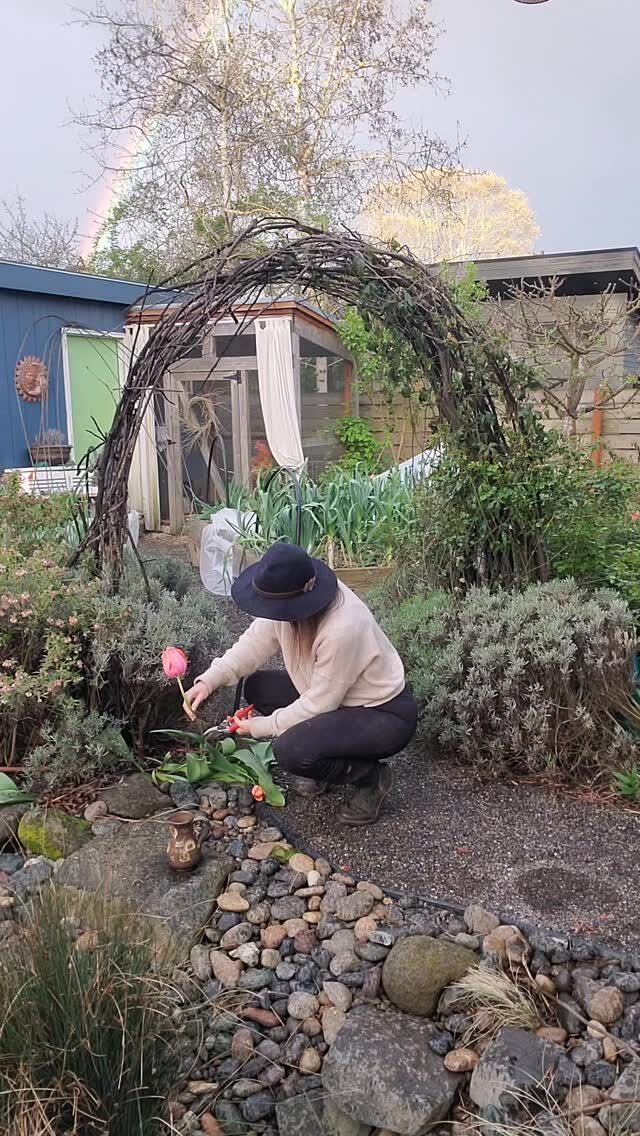
 There's a go
There's a go
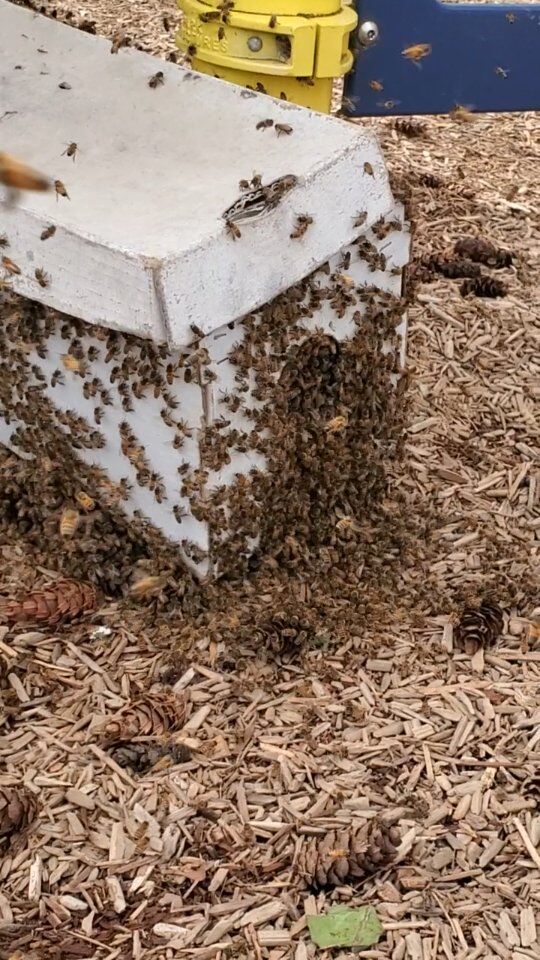
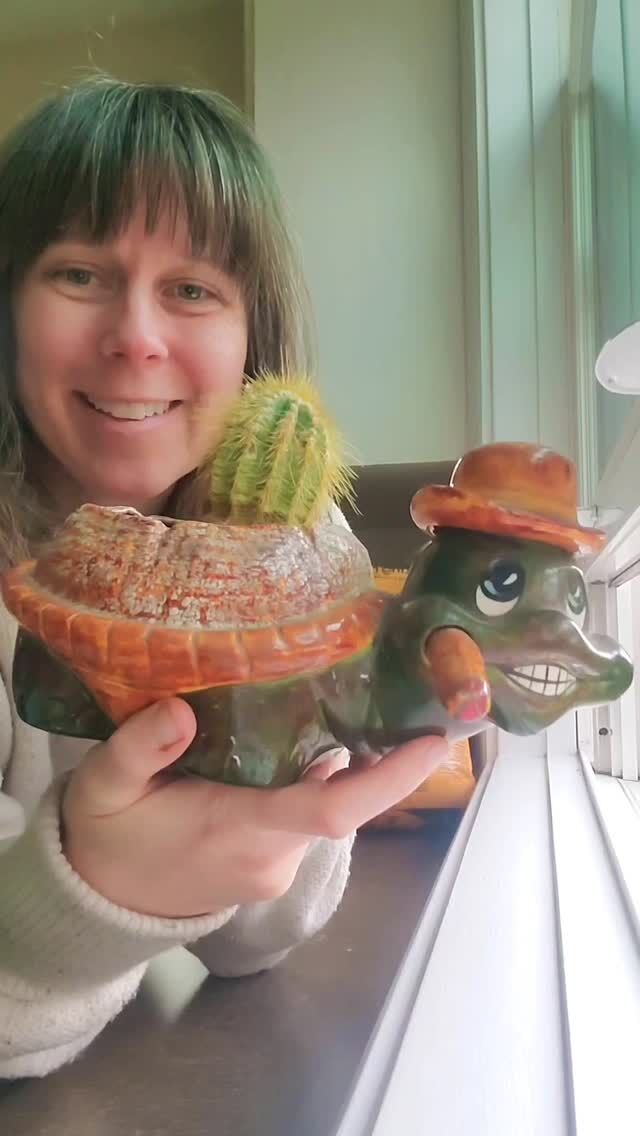
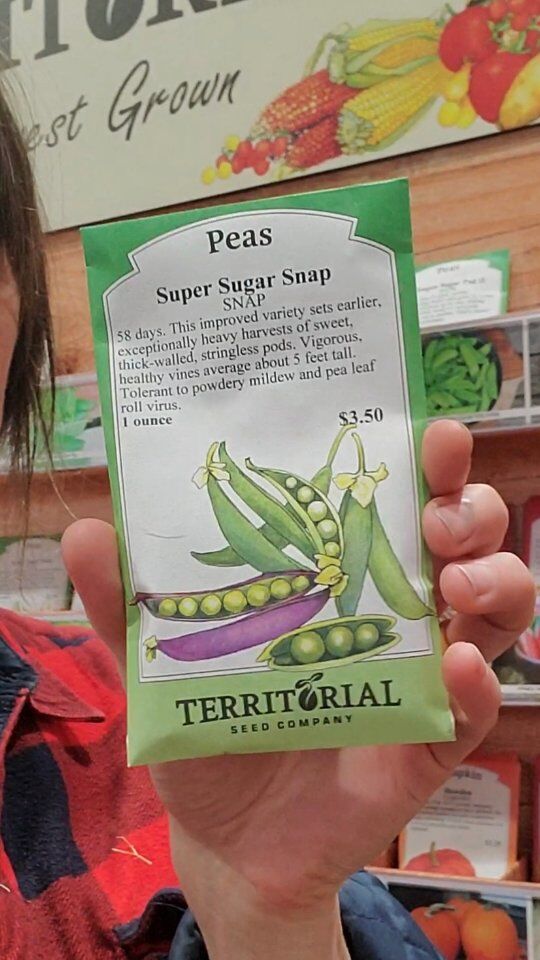

 This has become my
This has become my